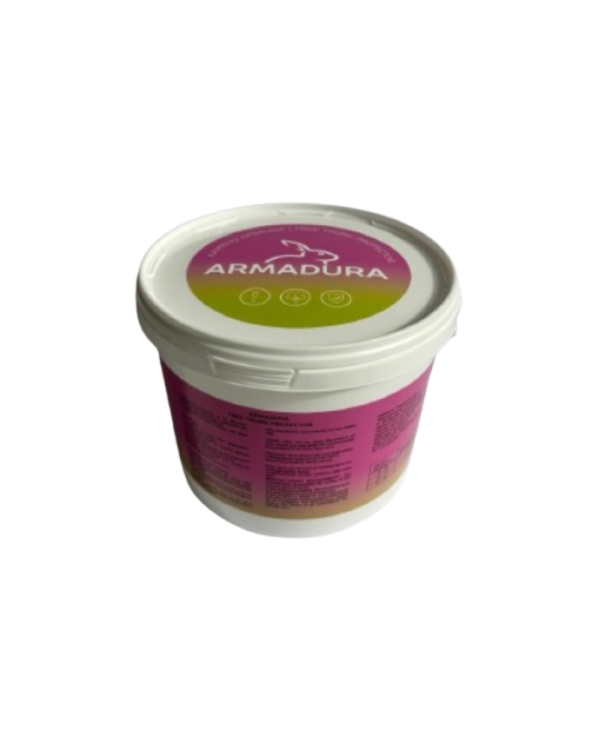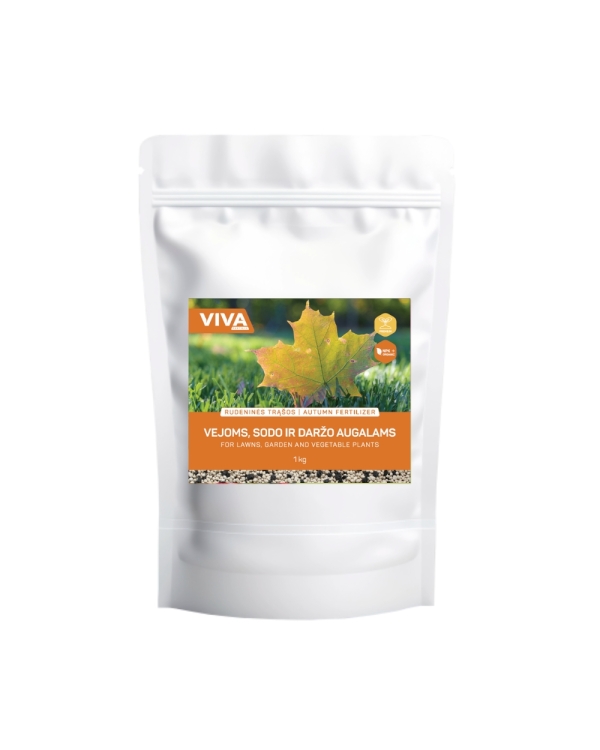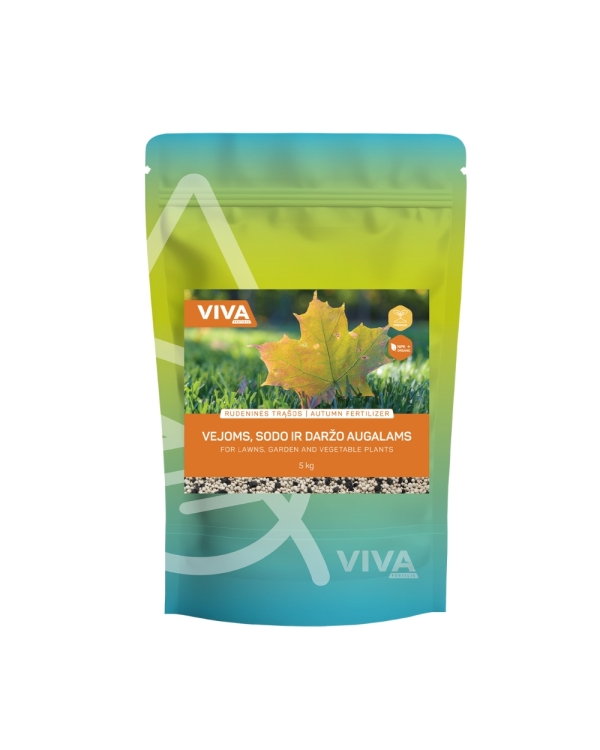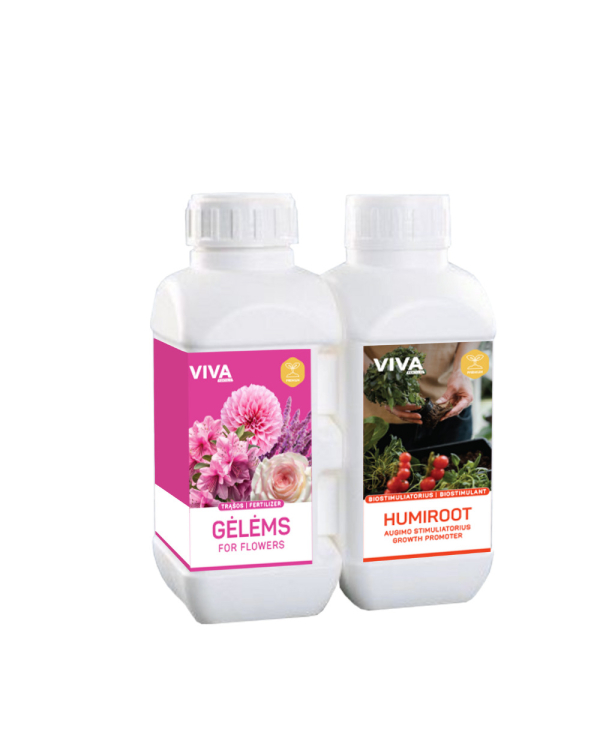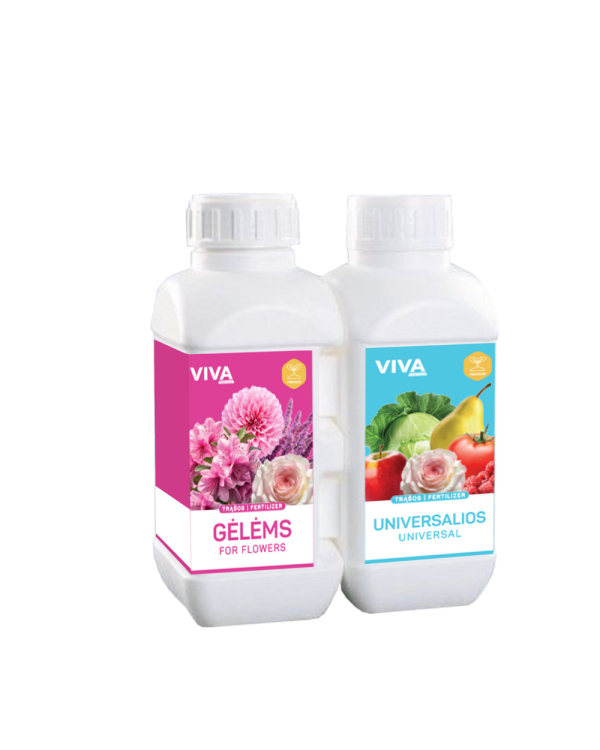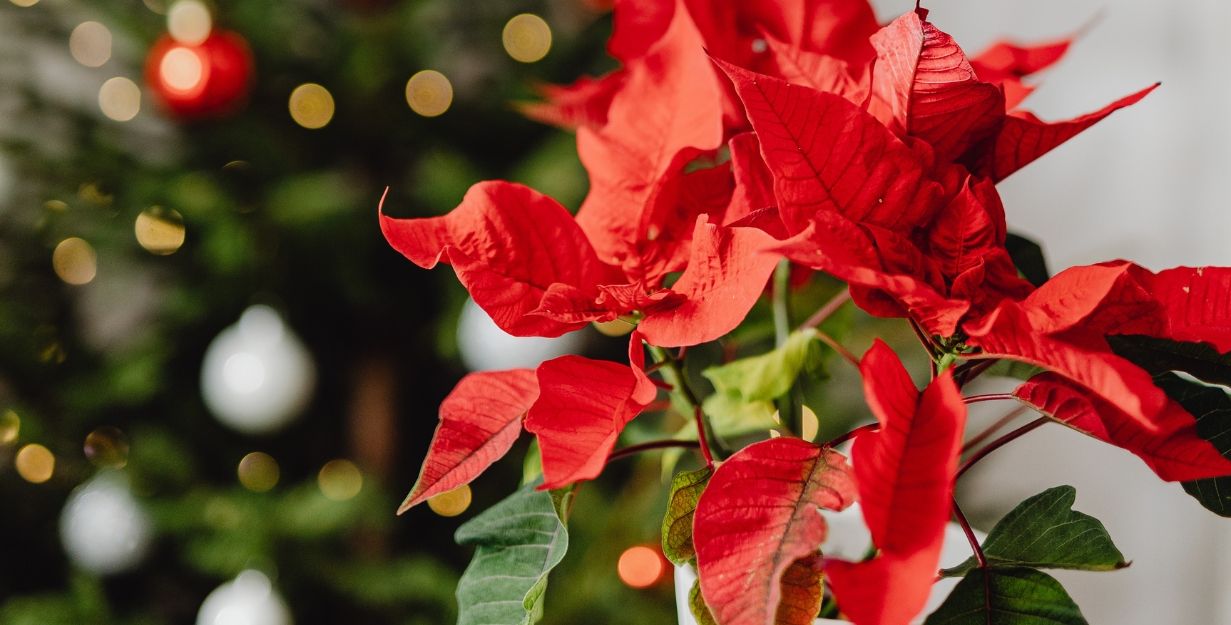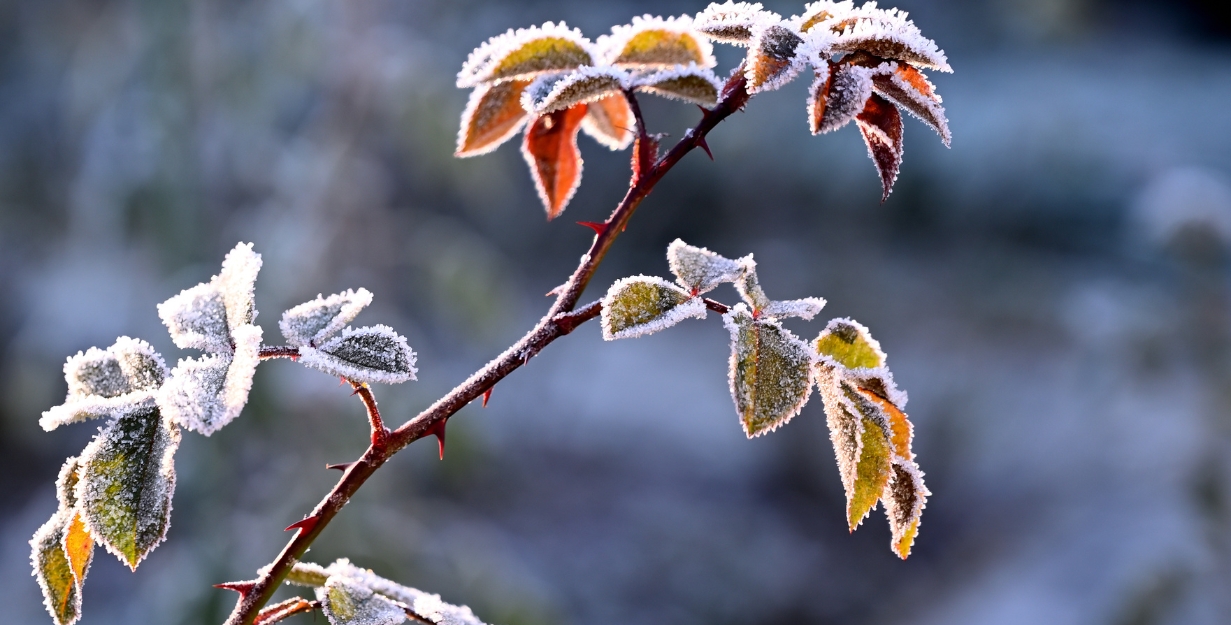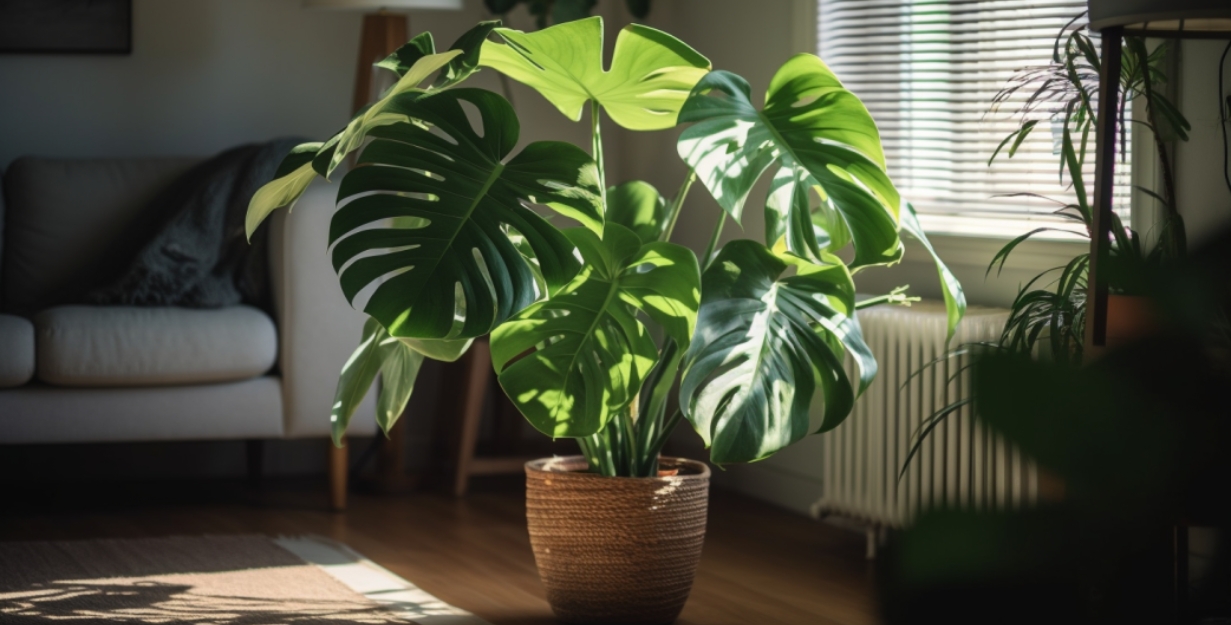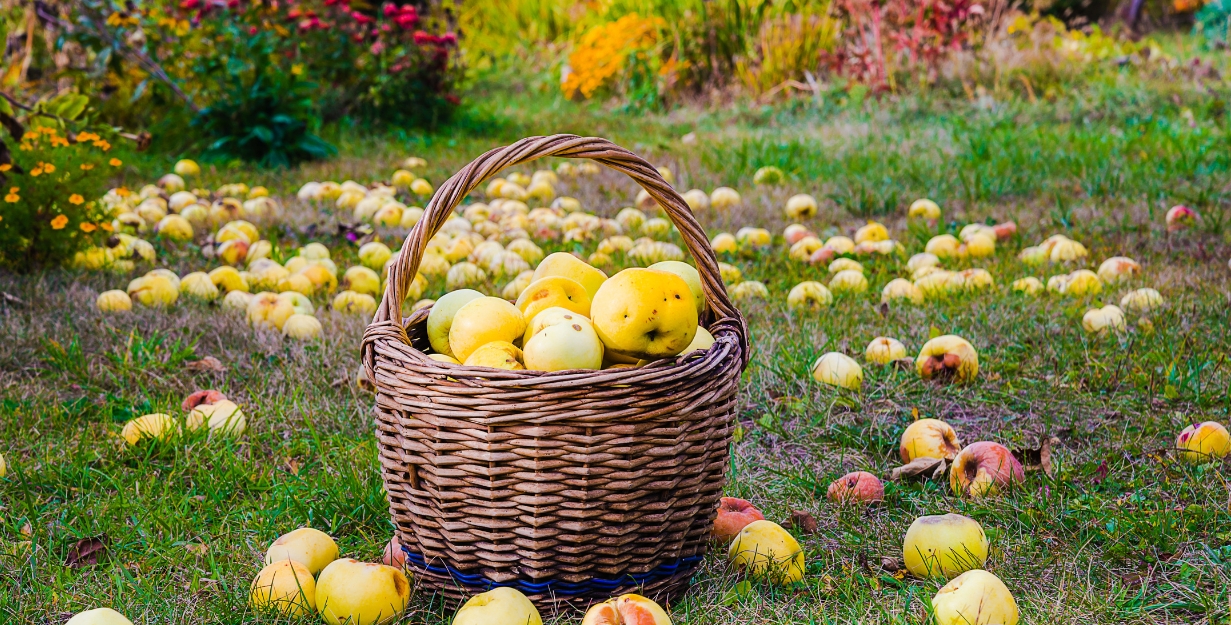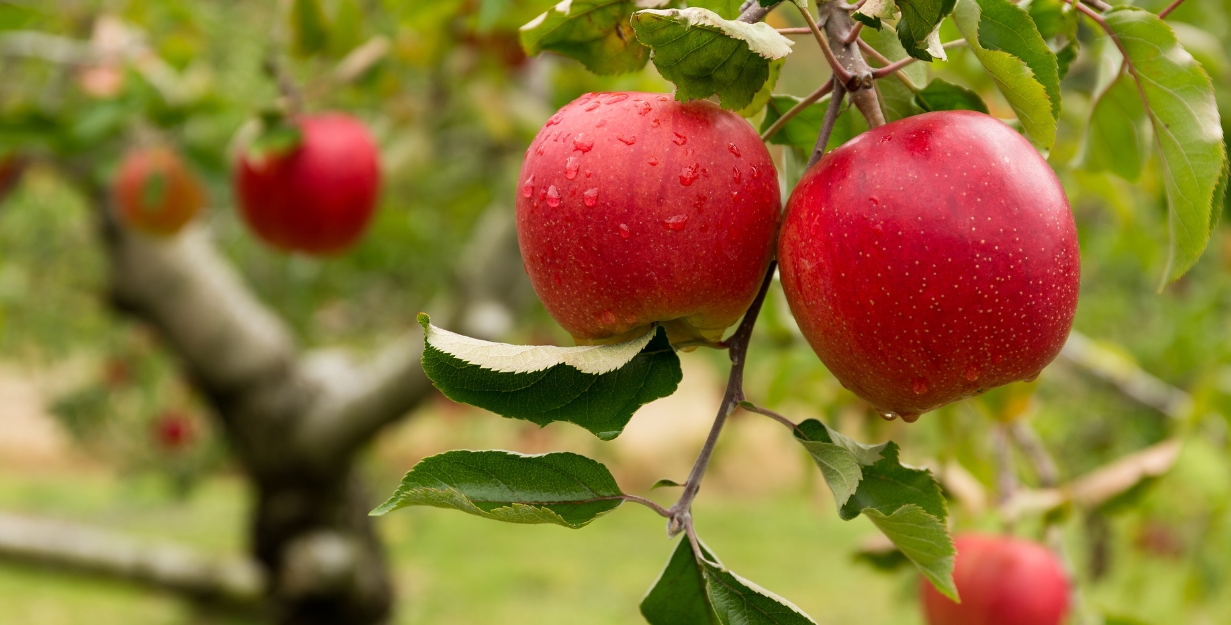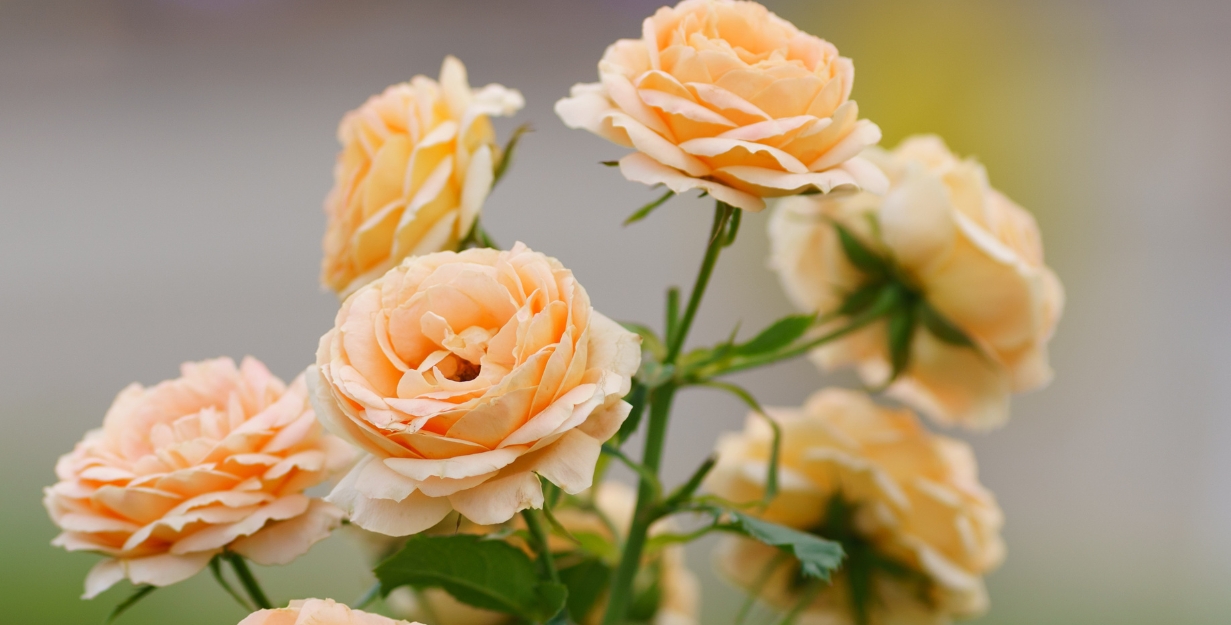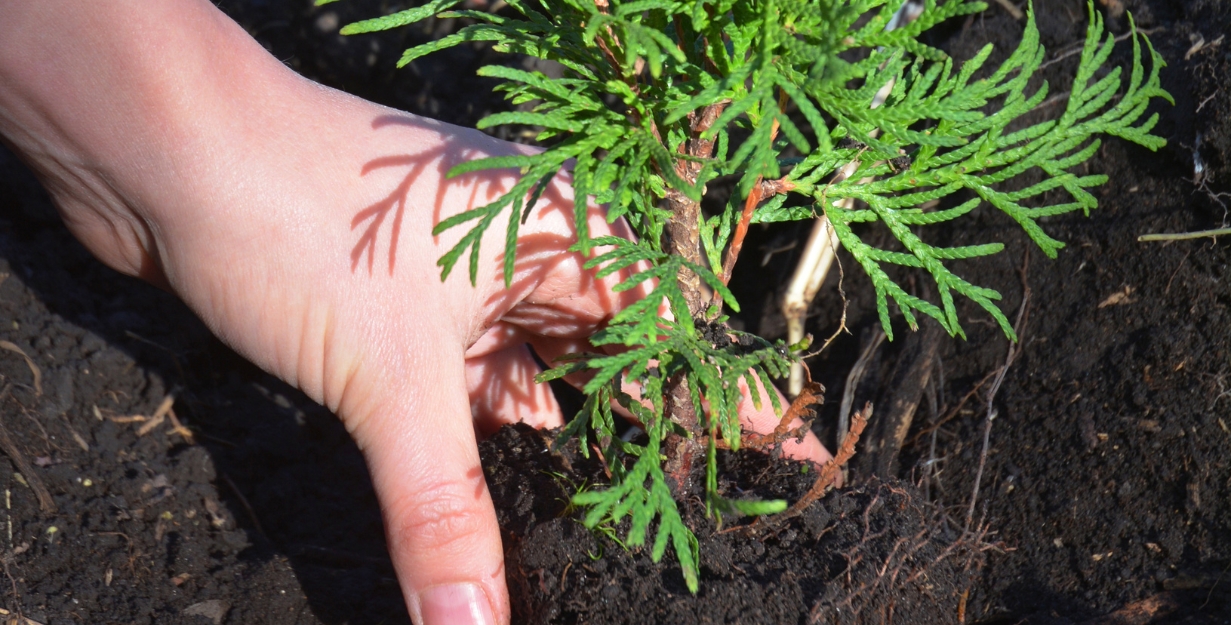Gardening is a rewarding hobby, but it can be challenging to keep your flowers healthy and vibrant. One of the most common issues gardeners face is nutrient deficiencies in their plants. In this blog post, we will discuss the symptoms that indicate your flowers might be lacking in essential nutrients. Understanding these signs will help you address the issue and keep your garden thriving.
- Yellowing leaves: One of the first and most noticeable symptoms of nutrient deficiency is yellowing leaves. When flowers lack nitrogen, their leaves may turn yellow and eventually fall off. Similarly, iron deficiency can cause yellowing between the veins of the leaves, while magnesium deficiency causes yellowing along the edges.
- Poor growth and flowering: If your flowers are not growing as expected or are producing fewer blooms than usual, it could be a sign of nutrient deficiency. Insufficient phosphorus, for example, can result in stunted growth and reduced flowering.
- Weak stems and small leaves: A lack of potassium can lead to weak stems and small leaves in your flowers. Potassium is essential for the overall health and strength of the plant, so a deficiency can severely impact its growth and development.
- Leaf discoloration and spots: Discoloration or spots on the leaves may indicate a lack of essential nutrients. For example, a deficiency in manganese can cause leaves to develop grayish-brown spots, while a lack of calcium can lead to distorted and curled leaves.
- Root damage: When flowers lack essential nutrients, their roots may suffer as well. A deficiency in phosphorus or calcium can result in weak and underdeveloped root systems, making it difficult for the plant to absorb water and other nutrients.
How to address nutrient deficiencies in flowers:
- Test your soil: To determine which nutrients your flowers are lacking, consider conducting a soil test. This will give you valuable information about the pH level and nutrient content of your soil, allowing you to make informed decisions about which fertilizers or amendments to use.
- Use appropriate fertilizers: Once you know which nutrients your flowers need, choose a fertilizer specifically formulated to address those deficiencies. Make sure to follow the application instructions and recommended dosage to avoid over-fertilization, which can cause additional problems.
- Amend your soil: In some cases, you may need to amend your soil to improve its structure and nutrient content. Adding organic matter, such as compost or well-rotted manure, can help replenish essential nutrients and improve the overall health of your soil.
- Monitor your watering: Overwatering or underwatering can exacerbate nutrient deficiencies. Make sure you’re providing your flowers with the appropriate amount of water to maintain healthy growth and nutrient uptake.
Keeping your flowers healthy and vibrant requires a keen eye for spotting nutrient deficiencies. By recognizing the symptoms and addressing them promptly, you can ensure that your garden continues to thrive. Regular soil testing, proper fertilization, and good gardening practices will go a long way in maintaining the health and beauty of your flowers.
our top products
#vivafertis
in our blog
in our blog



